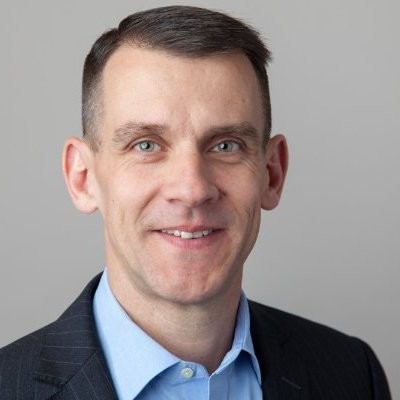Today’s modern enterprises are driven by IT. With the proliferation of new technologies such as Cloud, Mobility, Virtual Machines, and new hardware and software devices, the IT infrastructure is increasingly becoming more complex. For the IT teams, it is becoming more and more difficult to consolidate and maintain the complete infrastructure data and make it available when needed.
A CMDB solution, when implemented and maintained correctly, offers the enterprises a consolidated view of all the disparate Configuration Items within the IT environment along with their interdependencies – into a single view. It helps organizations by making the processes and people to work more efficiently together and bridges the gaps between IT and business needs. CMDB helps in creating a single directory and structure of all the IT elements and reduces the cost of internal communication because everyone has access to single consolidated data. With so many benefits, CMDB has almost being touted as a must-have for any enterprise. Organizations are embracing it for improving their service levels, reducing the outages and downtime, and overall cost-saving.
A CMDB solution is nothing but a huge database storing the complete information about all the infrastructure Configuration Items (CIs). Within an IT environment of any organization, a CI can be a physical object such as hardware and software code or a logical abstraction of these physical objects such as business processes, distributed application, and customer service. A well-maintained CMBD enables effective inventory management of IT assets and also serves as an inter-relational database. Using CMDB, IT teams can easily understand the complete hierarchy and interdependencies of all the high-level services.
The benefits of CMDB are:
CMDB implementation has historically been proven to be complicated and difficult. A successful implementation requires a lot of planning, structure, and education. Here are some simple-to-follow steps that can make your CMDB implementation a win.
Define Goals and Objectives – Any organization taking up CMDB implementation should first be clear on the goals and objectives to achieve through this implementation. CMDB, at a high level, can
Instead of blindly starting with CMDB technology implementation, organizations should start with listing the tangible benefits they want to achieve through the implementation.
Define Governance Framework – Define the project owner who is responsible for the strategy, structure and process. The owner should start with defining the policy outlining the scope, roles and responsibilities, policies, guiding principles, and standard operating procedures.
Define Stakeholders – For the success of this implementation, it is important that the strategy, design, implementation, and operation are managed by people with appropriate skills and focus. Typically, the initial stage should be run by people with a strategic focus who can focus on the business outcomes. Since CMDB is on ongoing work, the team also needs to have operational stakeholders who are responsible for day to day operations. Some of the key roles and responsibilities include a CMDB Owner, Manager, Database administrator, CI Owners and Developers.
Determine the Required CI Data – By definition, a CMDB holds the complete information about the configuration items within the IT environment along with their interdependencies. Instead of trying to model each and every type of record within the CMDB, one needs to look at the business view and determine the CIs to be included based on that.
Determine Federation or Centralization – Federation refers to the way the data is collected, stored, and accessed to create the CMDB. With a federated method, the CI data can be stored anywhere in the IT organization. It is either duplicated by the CMDB or retrieved by a virtual CMDB. A centralized CMDB, on the other hand, is a single place where all the CI information is retained and administered. There are pros and cons of each approach. The choice of the method depends on the organizational size, shape, and requirements. In many cases, it is recommended to go with a mix of both the options, where one option is selected as a preferred option and the other is included as required.
Determine Availability of Support Tools – Understand the current tools being used for collecting, storing, managing and updating the data. Having an understanding of the tool inventory can have a great impact on the eventual data model and database structure. It can also help in automating the data collection and mitigating the risk of errors introduced by manual data entry.
Decide CI Categorization – One of the important steps is to determine how the CIs will be categorized. Using type, family and class could be a good starting point. The next step is to define the naming convention. By utilizing a standard naming convention, organizations can ensure the integrity of other IT service management processes.
Design CMDB Structure – Depending on the defined business priorities, the next step is to design the CMDB structure. The structure should balance between the number of CIs to be tracked, the extent to which each CI needs to be tracked, and the number of attribute and dependencies to be tracked for each CI. Once the CMDB structure is finalized, the next step is to determine how the CI information will be populated.
A CMDB implementation is an ongoing process. Always have an improvement plan and implement the project in small phases. Rather than looking at CMDB projects as technology projects, those should be linked to business objectives and should aim at solving the business problems.
By Sheetal Kale





